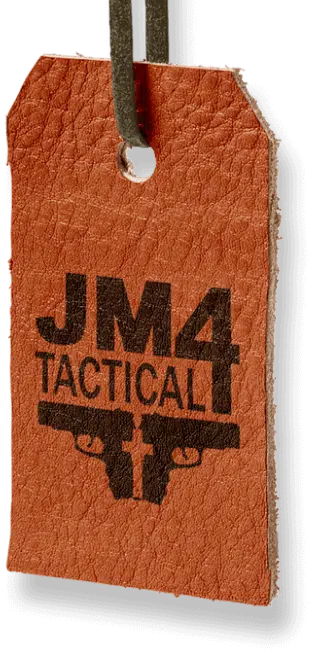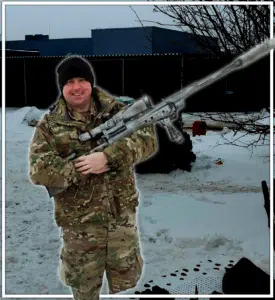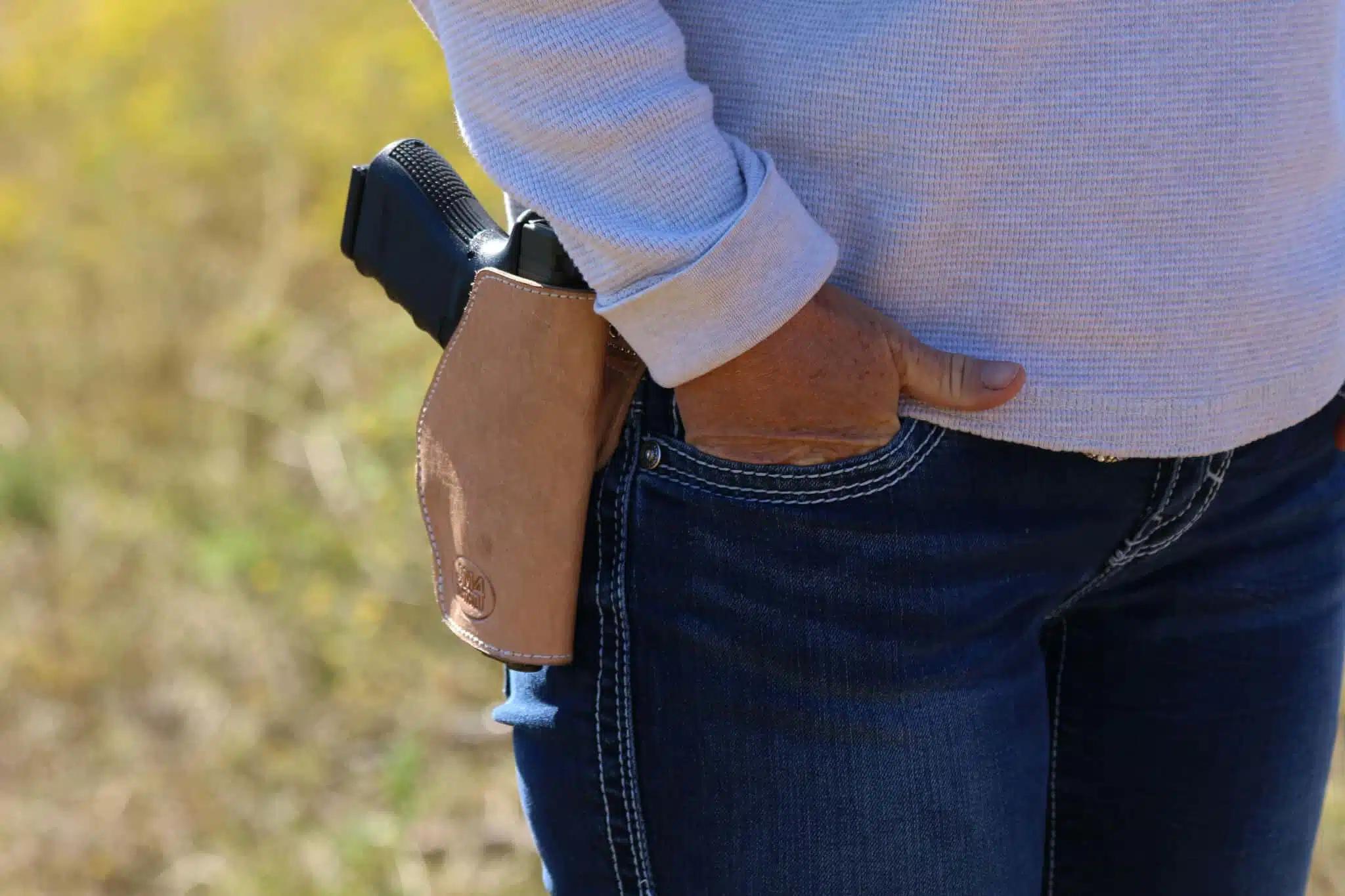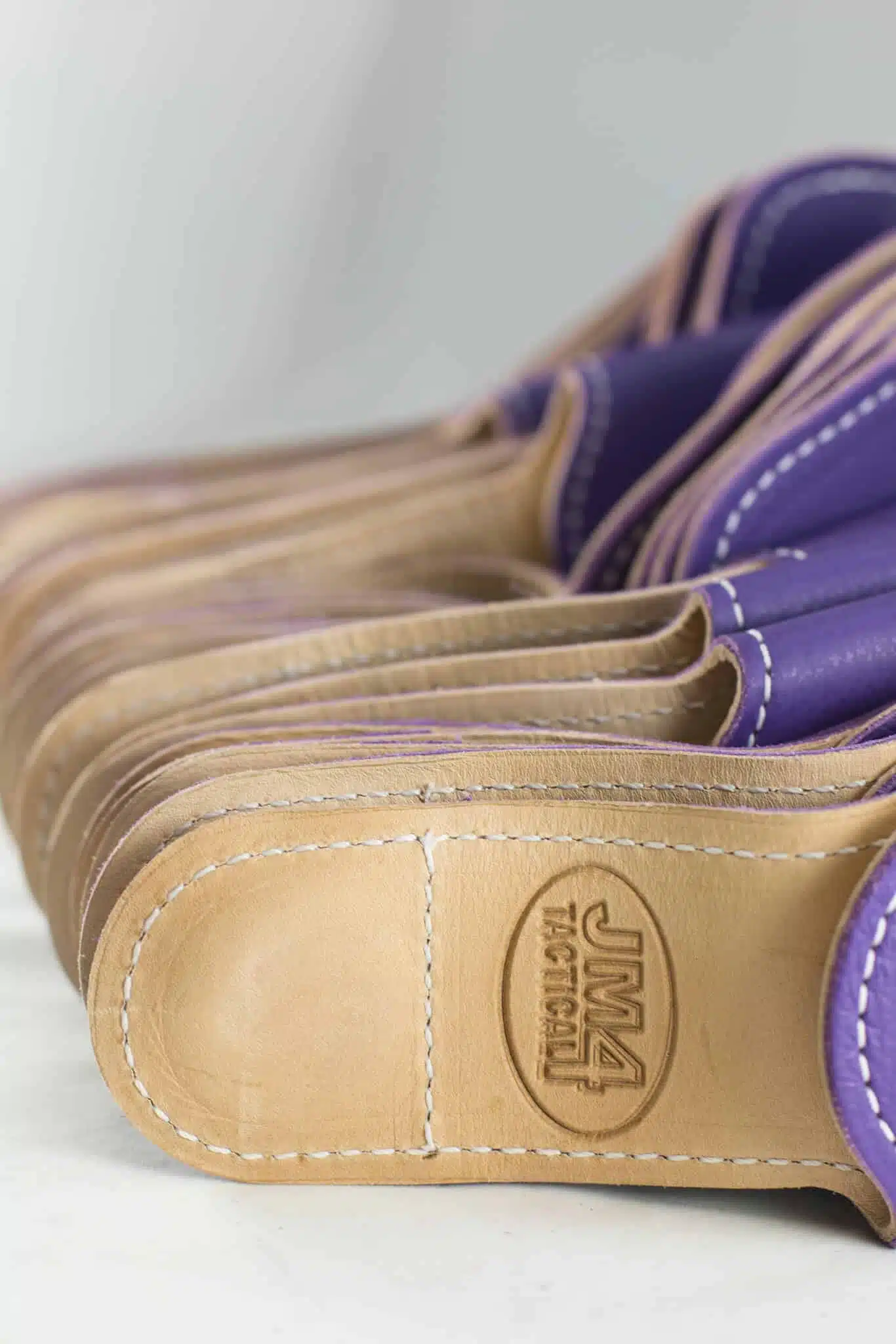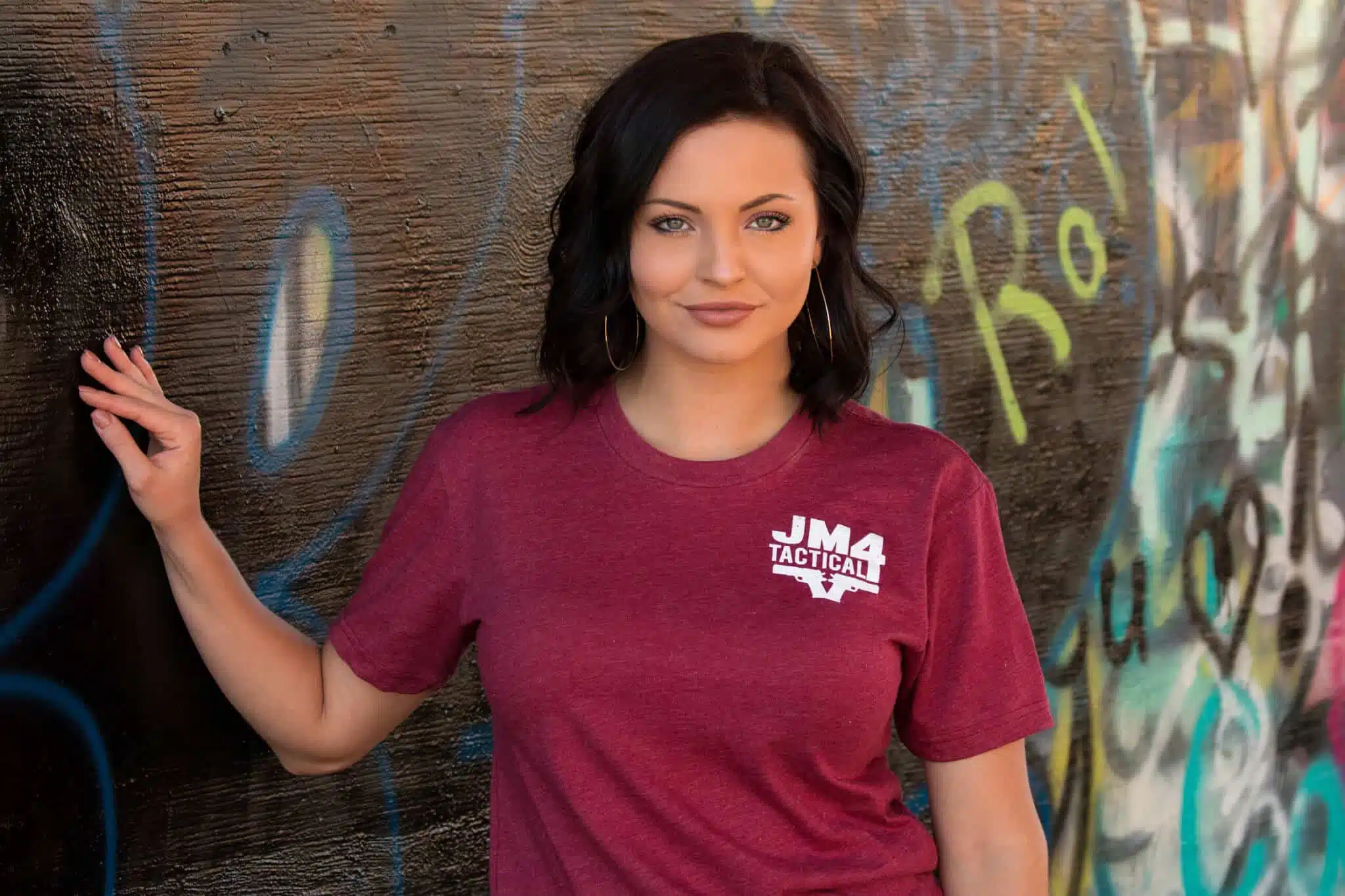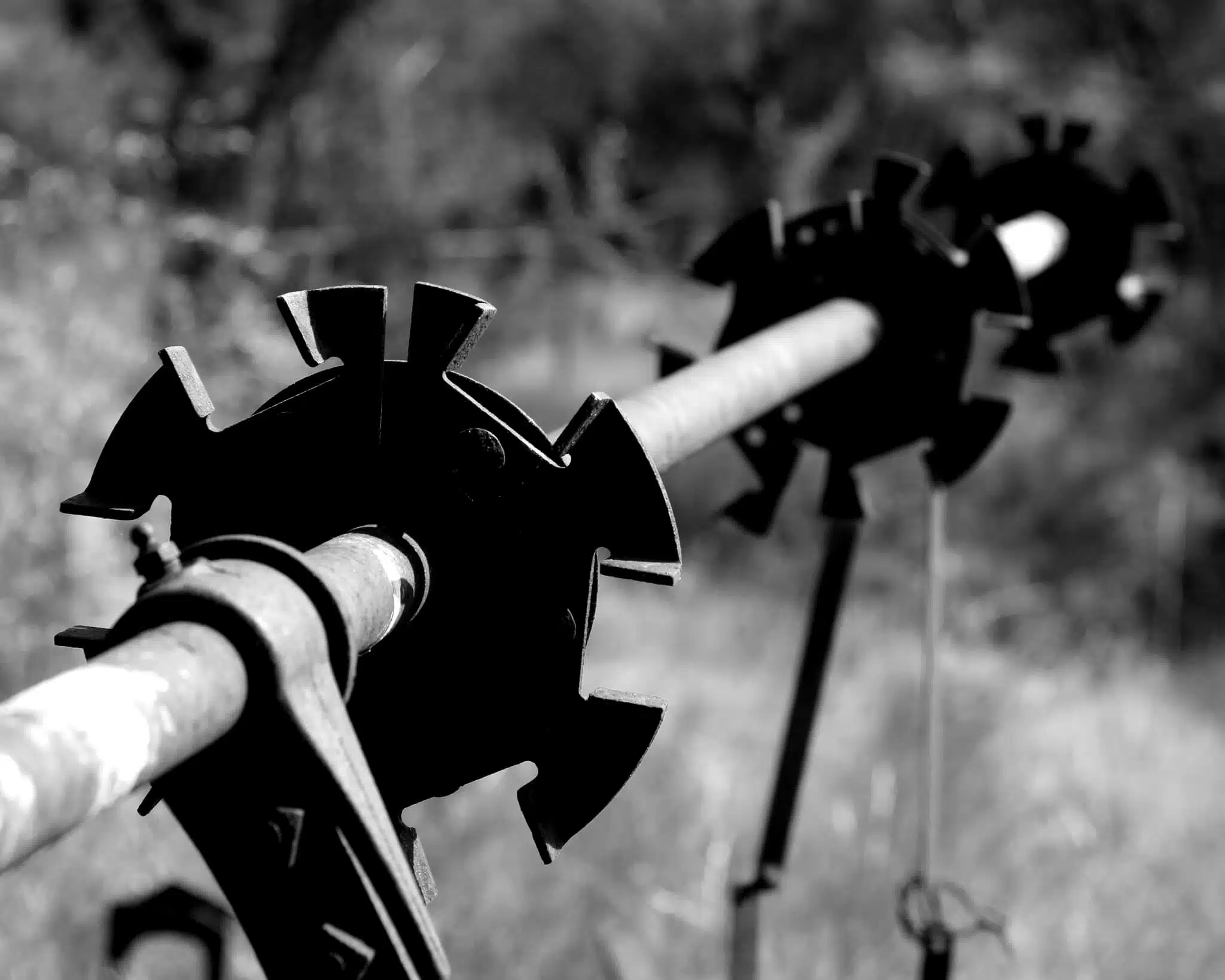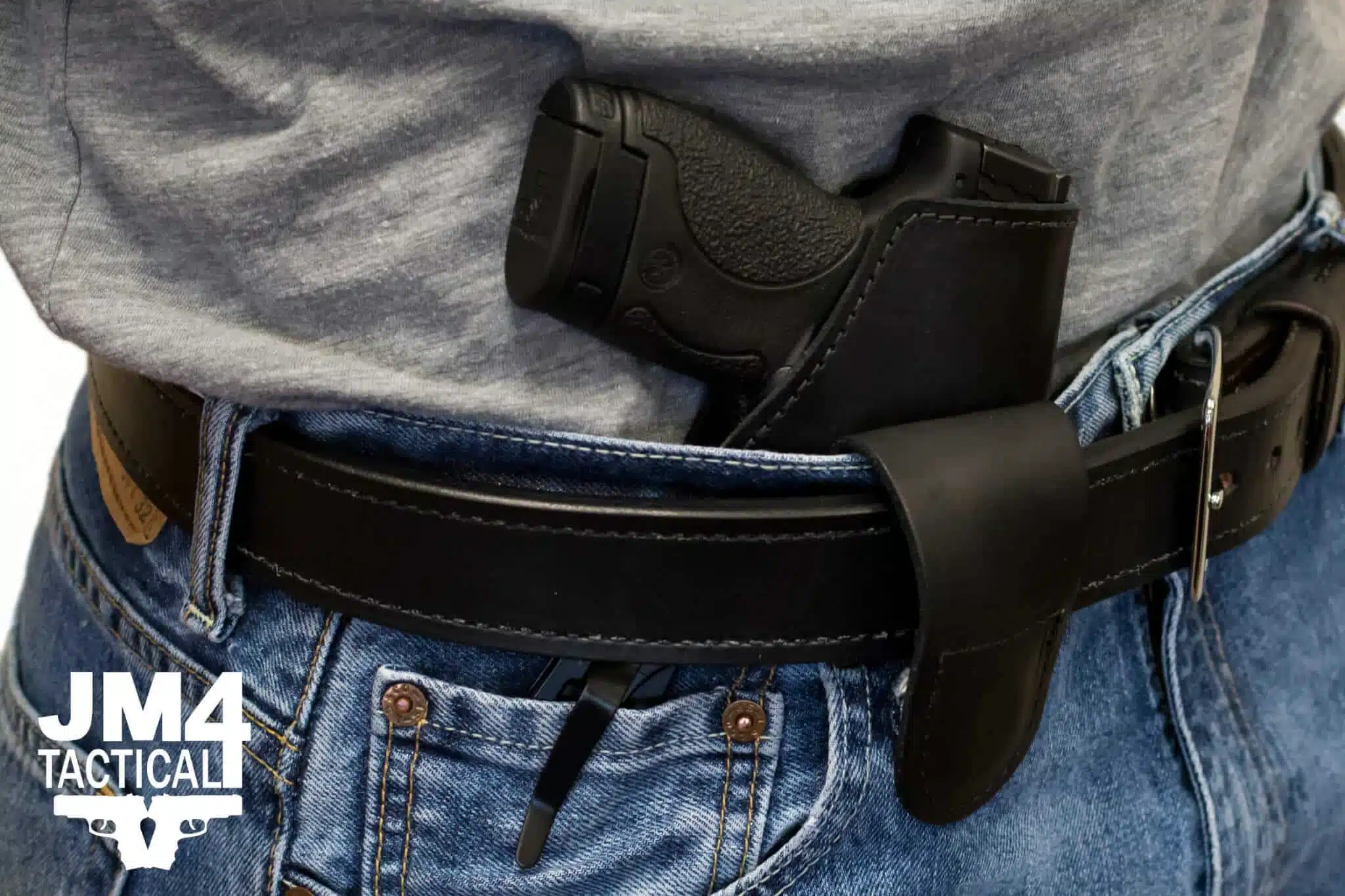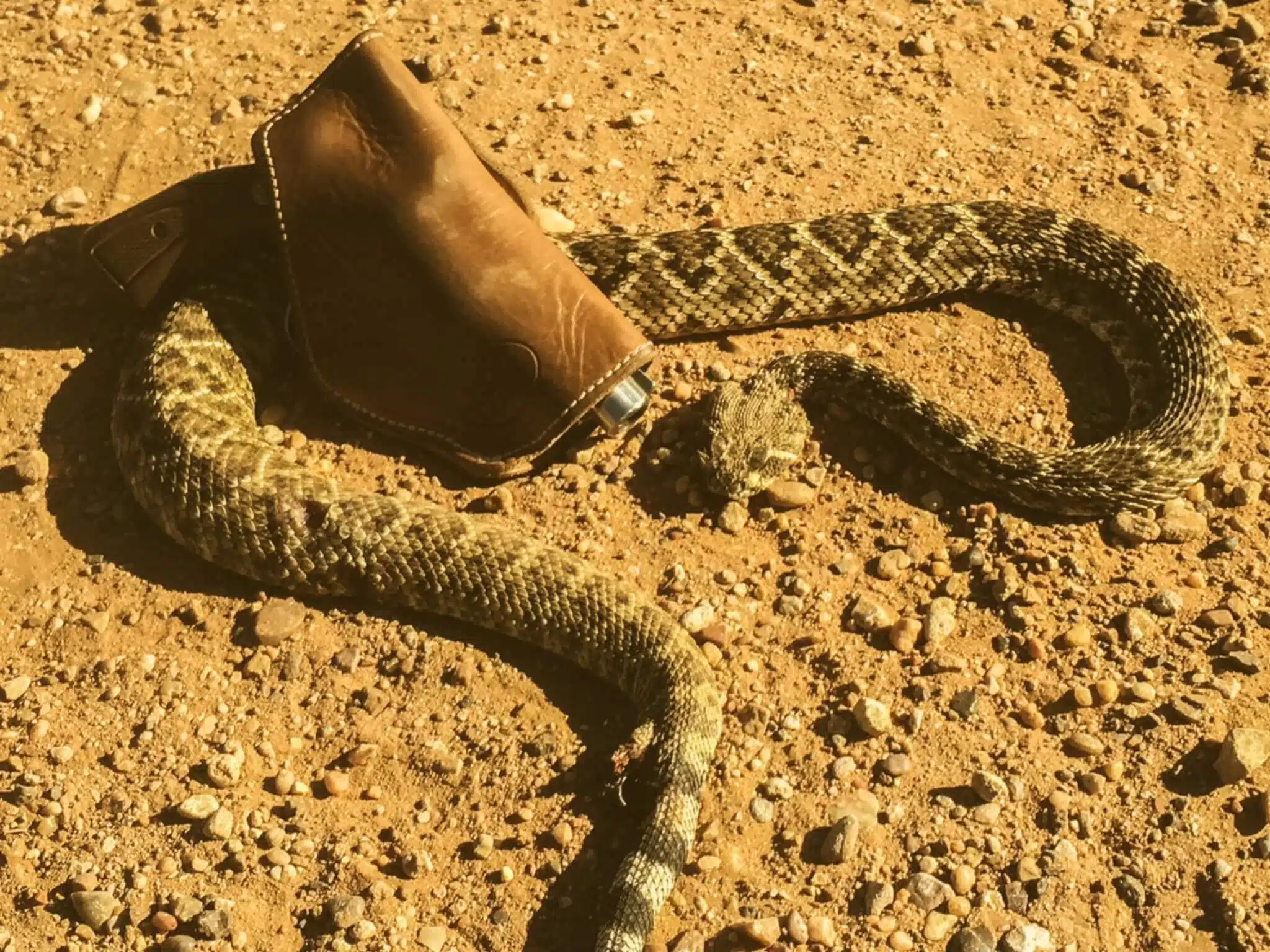Mental Preparedness: Visualizing the Threat

One of the things that I think is often overlooked is the mental preparedness to fight, or what a toll that will take on you. It is all fine and good to get the newest piece of gear, from one of our awesome holsters to the newest optic, but it is entirely different to visualize the fight and prepare your mind to see things that you may not have seen before.
How is your mental preparedness?
It may seem odd to some to have me talk about visualization of violence or drawing from our holster in a fight, but there is a lot greater chance of success if you do. Competitive weightlifters for years have incorporated this into their training where they see themselves lifting that heavy weight. True can be said for some who need to see the possibility of a fight that they might not know when it comes.
I practice this every so often and I can walk you through when and where I do it. First, when I am carrying, I see myself clearing my Original holster, drawing straight and with eyes on the target, and engaging the threat. I do this in multiple rooms of my house, and outside, so that way I know if I am in this bedroom the fastest way for me to engage a threat is by doing XYZ. I do it when I am hunting, visualizing the buck coming down the trail, so that way when it does happen, I get less jumpy from adrenaline, and I can make a quick shot. My mental preparedness is set.
The other thing that you can use this for is to prepare for the loud sounds and potentially bad things you might see to steel yourself from freezing up. It is very common in combat that when soldiers see dead combatants or watch a buddy get hurt they freeze up because they get a bit of shock to the senses. This is a really bad thing when you have someone who is shooting to try and kill you. More than once I have been in a location or situation where the first thing I do is mentally prepare for “OK, this is the main entrance, if someone comes in and starts shooting, I need to be prepared to push my family down, draw while I am concealed and return fire. I want to move because I don’t want rounds to hit my family, but it’s likely that the people in between us may be hit.” It sounds terrible, and maybe a bit overly cautious but I think it helps.
Another key thing to think about is should you be involved in an incident, you need to stop the threat first before you try and render aid. This is something that is drilled into the military when we go through some of our first aid courses, that you must first address the threat before you start rendering aid. This is easy to do when you think about it objectively, like yes shoot the shooter before helping someone who is wounded. It’s a lot harder when that wounded person is a loved one or a friend calling out for help. While not pleasant, it helps to visualize seeing the threat, and neutralizing it, despite the calls for help.
I hope that all of these visualizations are for nothing and that they are just your imagination and you playing scenarios in your head to prepare for a really bad day. However, if they are not, hopefully, these will keep you in the fight so you can end it faster and save more lives.
Author: Ian Bolser
